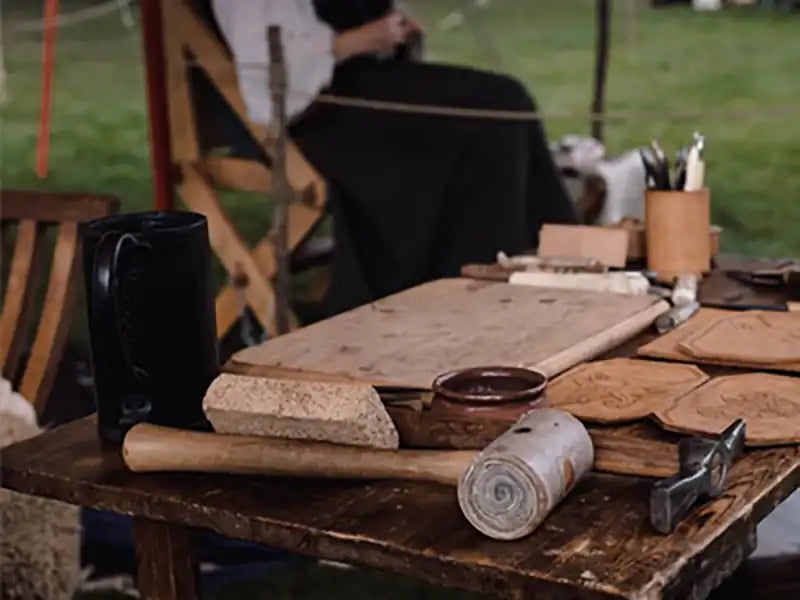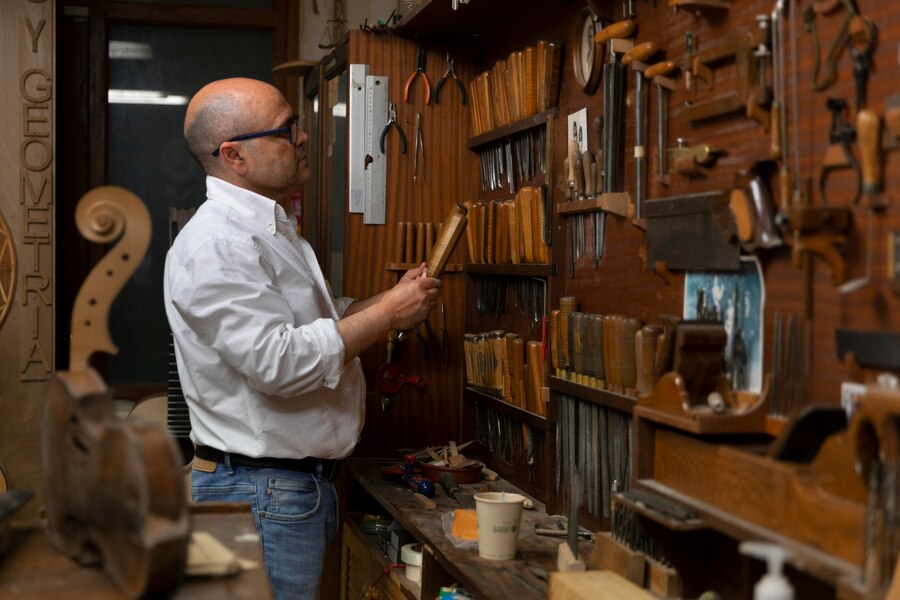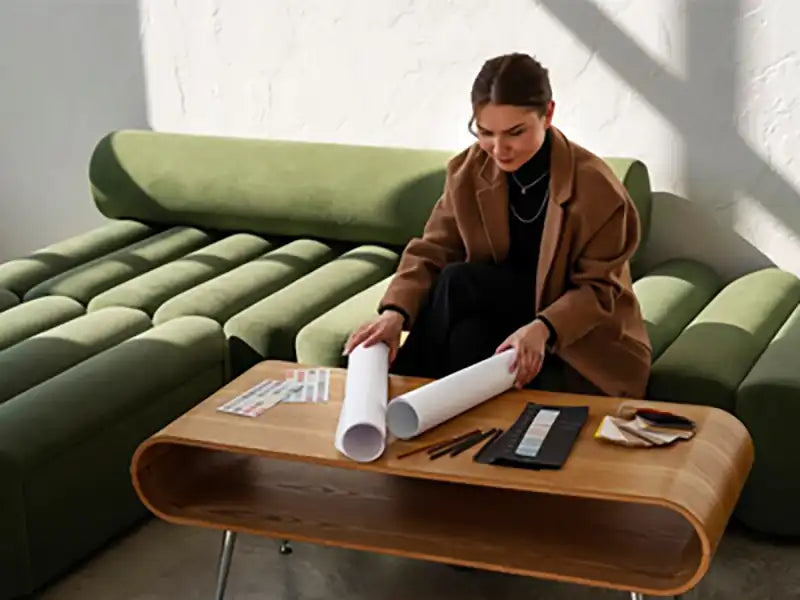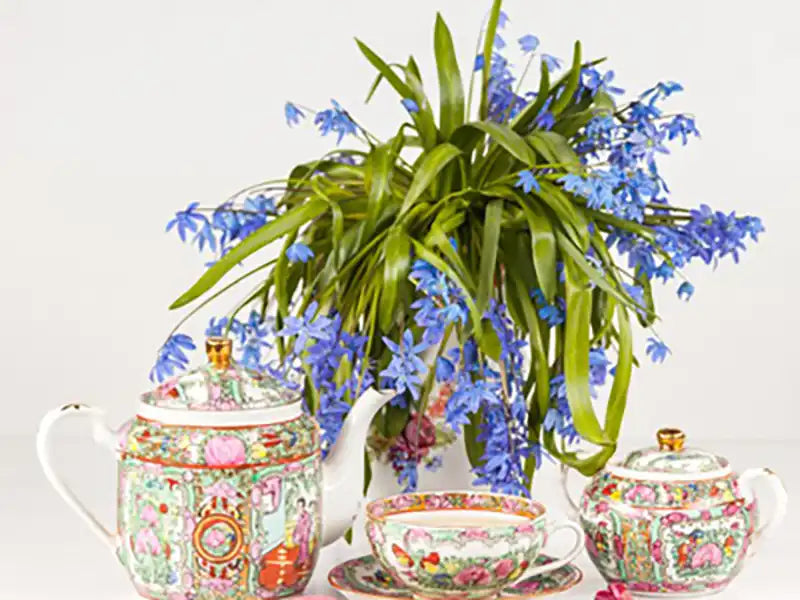Spring and autumn are the best times to plant and buy new plants.
As we all know, shopping is not difficult! But in the case of plants, the situation is different. Imagine for a second you were transposed into the karmic driven world of Earl. You owe it to yourself to give it a try. But after a while, you come across a sick garden full of dead plants. Not a good situation at all!
Going to the big flower and plant stores is really fun, and if you have enough information to buy a healthy plant, this pleasure is complemented by bringing healthy plants ready to grow. So for a tutorial on how to choose a plant and make a successful purchase, stay tuned for more.
Before you go to the florist, it is very important to check the environment. Choose the exact place to place the plants and know its characteristics, name, appearance and the amount of care needed for the plant. Here are some things to keep in mind:
Location conditions
What light shines on it? Straight, filtered or even shaded? Which geographical direction is this place in? For example, places facing west get very hot in the afternoon and the sun shines directly on them; While in the north direction, it is almost a shadow. The east is shady on a sunny day and in the afternoon, but the southern places receive the same amount of light almost all day long. If the light in your house is low, make your choice from shade-loving houseplants.
Place
How much space is there around the plant for growth?
For example, if you have a lot of space, you should buy more small plants, or buy a plant that grows and grows in size, giving your space a beautiful look.
Soil
If you have decided to keep the pot at home and have decided to plant it in the garden, it is important to know what kind of pot you have in the garden.
What kind of soil do you have in the plant selection method?
We have three main types of soil: clay soil, potting soil and sandy soil.
Check what type of soil you have. Usually each plant needs a specific type of soil. So prepare a suitable plant for that soil
Do not buy suddenly
You may fall in love with a beautiful plant or a colorful flower at a glance and buy it regardless of the location and environmental conditions and weather. In this case, you only reduce the chances of survival of this plant!
Unfortunately, some large stores offer plants for sale that are not at all suitable for the climatic conditions of that area. For example, Baba Adam plant is very beautiful, but it is not very suitable for storage in Tehran and requires high humidity.
So in such a situation, it is better to ask the name of that plant before buying, do a little research on the internet and prepare it if it suits you. Or go shopping with someone who has enough information in this area.
Read the method of plant maintenance
Some plants come with a guide. Paper that looks like a notebook. Information such as plant name, growth rate, flowering time, suitable place and how to irrigate. Of course, this information is often incomplete, in which case just the name of the plant is enough! Immediately find the name of that plant on this page and find the method of maintaining 140 types of houseplants and study the requirements of the plant.
Know the signs of an unhealthy plant.
Unfortunately, there are sometimes unhealthy plants available for sale in stores. Here are some key pointers in finding an unhealthy plant to make sure you don't go home with a dying plant next time!
Yellow leaves: This can be a sign of nutrient deficiency, over-irrigation or both.
Root compression: When a plant grows in a pot for a long time, the root no longer has room for free growth and begins to grow in a circle and spiral. In this case, it will be very difficult for the roots to absorb water and nutrients. A sign of the enclosed root is that it protrudes from under the pot and from inside the holes.
When buying, it is best to ask the seller to gently remove the plant from the pot, then look carefully at the roots. If there was a thick layer of branching under the plant, or the wall of the plant was covered with roots, it means that the root has grown too much and the plant will not grow well in the future.
Pests or diseases: Sometimes the plants in the stores hide pests and pests. If you are not careful in diagnosing them, you may infect other plants by bringing that diseased plant home. Look at the leaves of the plant, if you see an unusual spot or spot, it is probably infected. Check different parts of the plant, as vermin usually hide under leaves or stems.
Waxing of the leaves: This definitely indicates that not enough water has reached the plant. If you choose such a plant, water it well before each step. Sometimes all a plant wants from us is a good, regular watering.
Distinguish good from bad plants
Instead of open flowers, choose buds.
Usually, the plants whose flowers open and show off, attract the attention of buyers more than any other plant and become their final choice! But this time hold on, skip the flowers that are fully open and grow, and select the buds.
Imagine buying a beautiful carnation plant with lots of colorful flowers on it. You will probably change the pot, replant it, and wait for that flower to grow for a long time.






